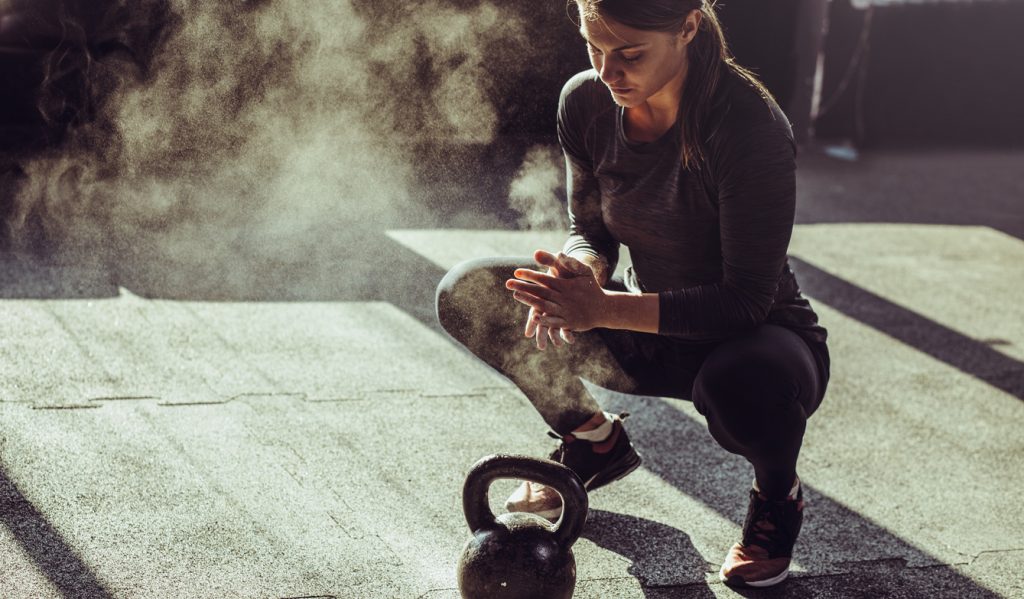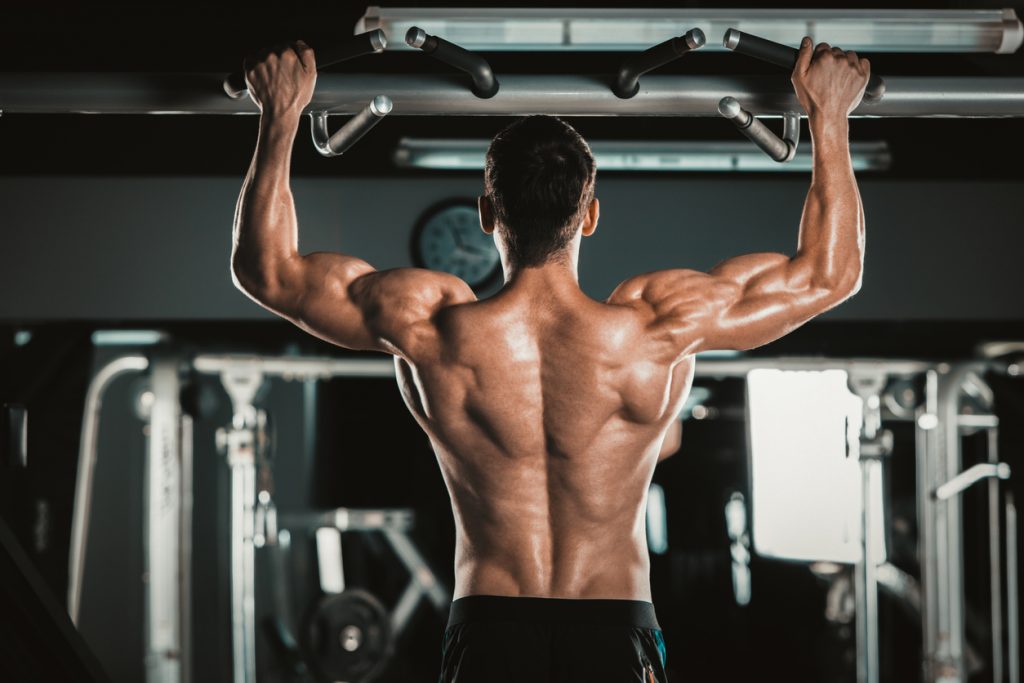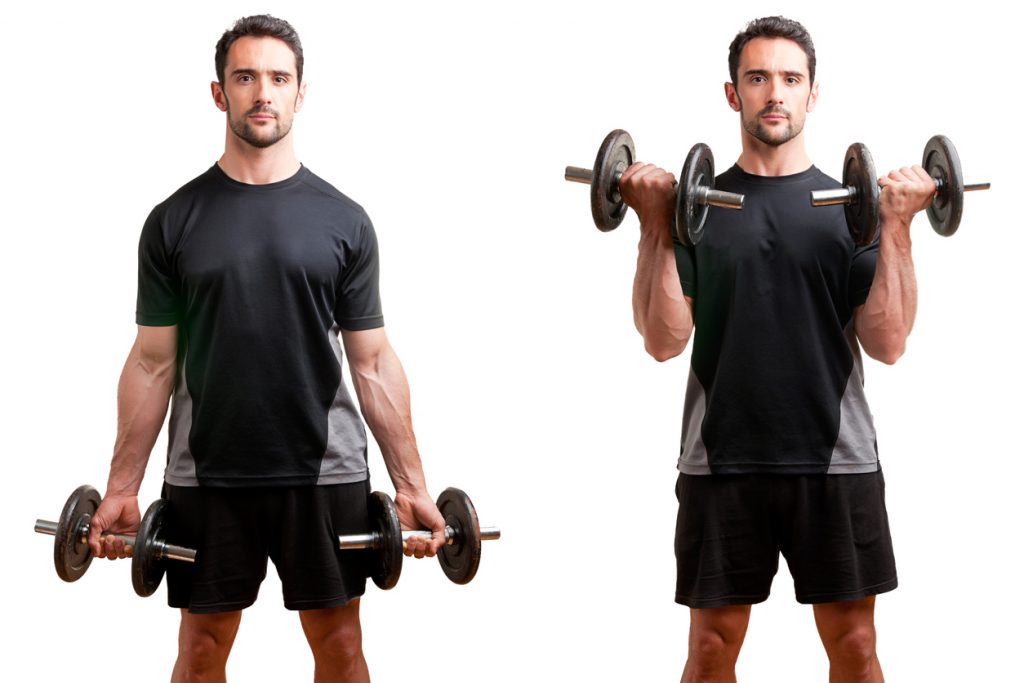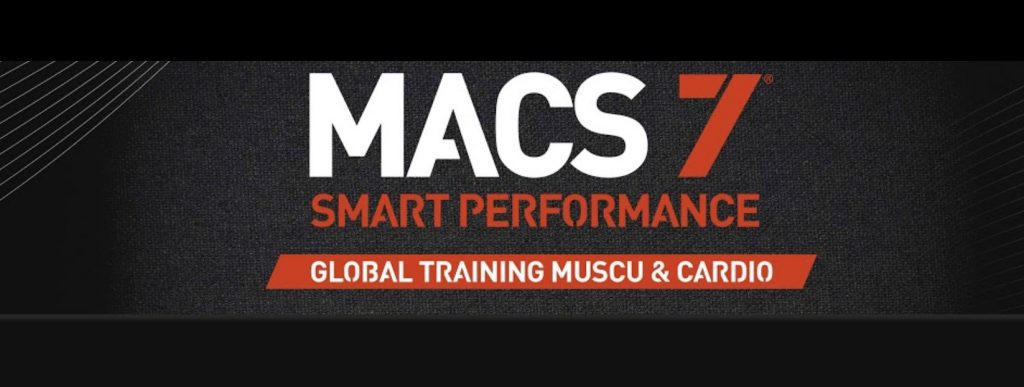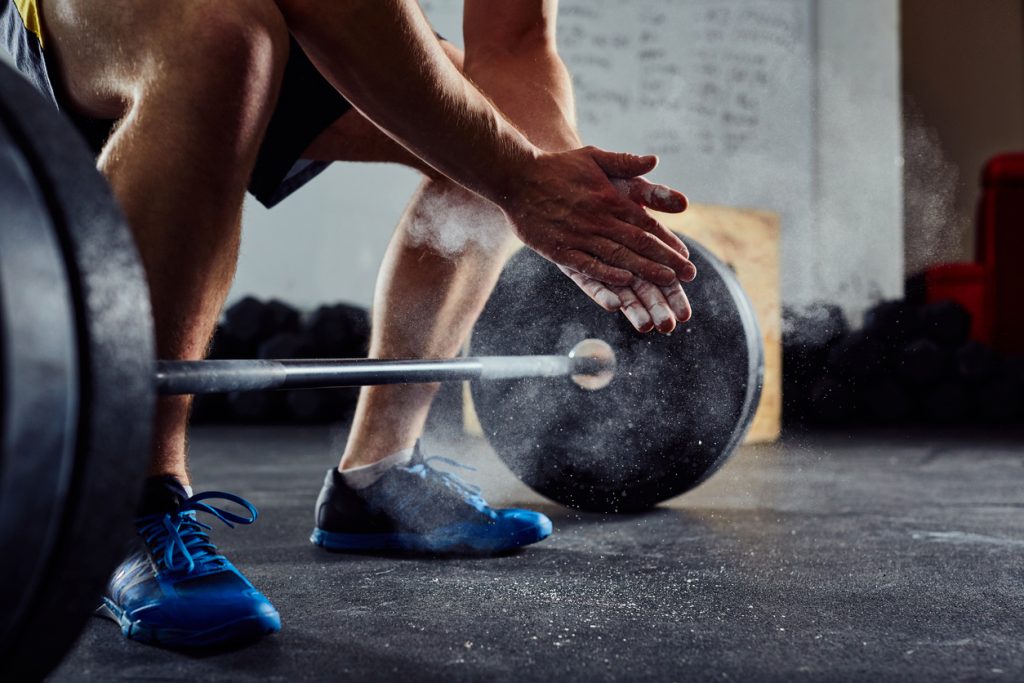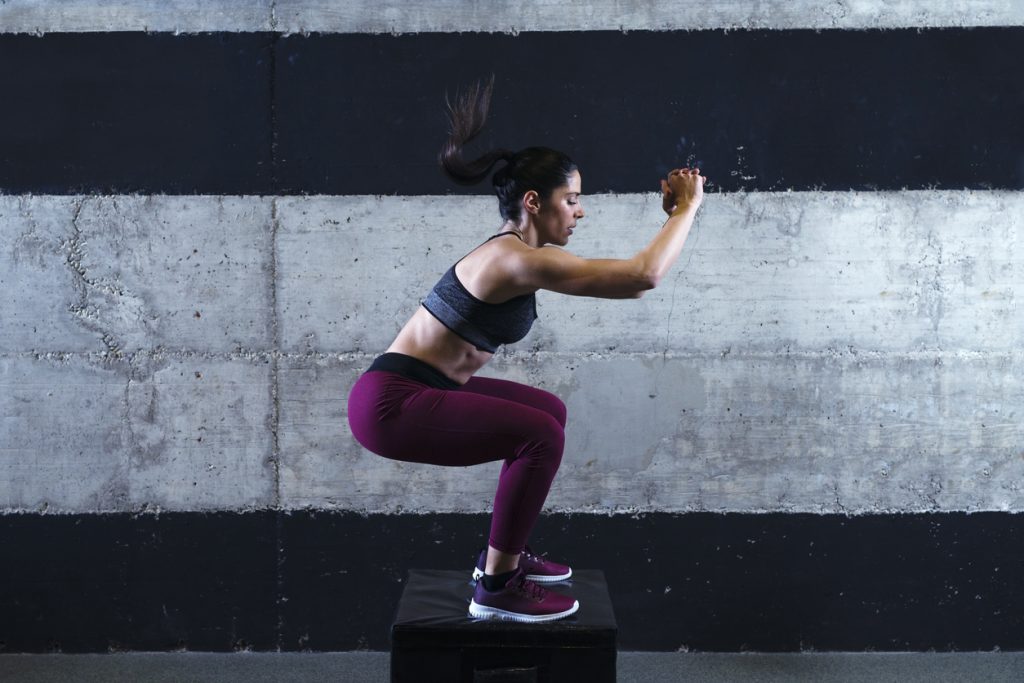In order to meet the needs of sports and weight loss practitioners, coaches and professionals in the field are constantly researching and discovering new practices. Nowadays, you don't have to spend hours on your treadmill or bike to burn fat. HIIT, High Intensity Interval Training, here is a more effective and faster method to have a dream body. Discover in a few lines, what HIIT consists of and the benefits you can get by practicing it.
What is high intensity interval training?
High intensity interval training stands for High Intensity Fractional Training. It is a sport practice that consists of combining short periods of intensive effort with short periods of rest, all repeated several times during the session. For example, if you go jogging in the morning, you do not have to maintain a particular pace. You should sprint for a few tens of seconds, then rest by jogging, and repeat the action for as long as your body can hold out. HIIT is therefore suitable for many sports and exercises. During the periods of effort, your body will burn as much fat as possible, while at rest it will recover.
How long does a high intensity interval training session last?
A high intensity interval training session can take several forms depending on its duration.
First of all, there is the Tabata method. This consists of repeated exercises lasting four minutes. During these four minutes, the athlete must do intense exercises for twenty seconds and relay each effort with a ten second rest. The same movements are to be repeated eight times during a session.
The little method lasts 18 to 27 minutes. It consists of 8 to 12 cycles of 60 seconds of effort and 75 seconds of rest. Let's not forget to mention that, between the seconds of effort and rest, the athlete must hydrate so that the body can recover as well as possible.
Finally, there is the 8/12 protocol. This is a training session that lasts 20 minutes. It consists of 60 cycles, with 8 seconds of intense effort or sprint, and 12 seconds of rest.
These three indications are protocols. Each athlete has his or her own capacities and physical conditions. Therefore, the best thing is to find your own rhythm and evolve little by little. It is very rare to find a person who can maintain an intense effort of thirty seconds, so the ideal is to do your best and as often as possible.
What are the advantages of high intensity interval training?
The first advantage of HIIT is that the athlete obtains concrete results in a short time. The intense physical efforts allow the body to burn fat as quickly as possible, compared to long endurance sessions.
With warm-ups, a HIIT session lasts between 10 and 30 minutes only. During this time, the whole body benefits from the sport, from blood circulation, breathing, mental. . . .
Scientific studies have shown that HIIT sessions, compared to long endurance sessions, result in nine times more skin fat loss. Without a change in diet, they also reduce visceral fat (belly fat), and lower the body mass index.
For those who practice bodybuilding, HIIT is an ally to lose calories in the shortest possible time. It has an "afterburn effect", i. e. hours after the session, the body still continues to eliminate calories. Unlike cardio, HIIT helps to maintain muscle mass.
How much time per week should you do HIIT?
Compared to traditional training, HIIT sessions should be done more frequently to optimize results. However, the exercises performed by a beginner and a regular trainer should not be similar, both in terms of frequency and duration of effort. If for a regular HIIT trainer, it is best to do it two to three times a week on non-consecutive days, for a beginner, it is best to start with one session and build up the pace as you go along.





